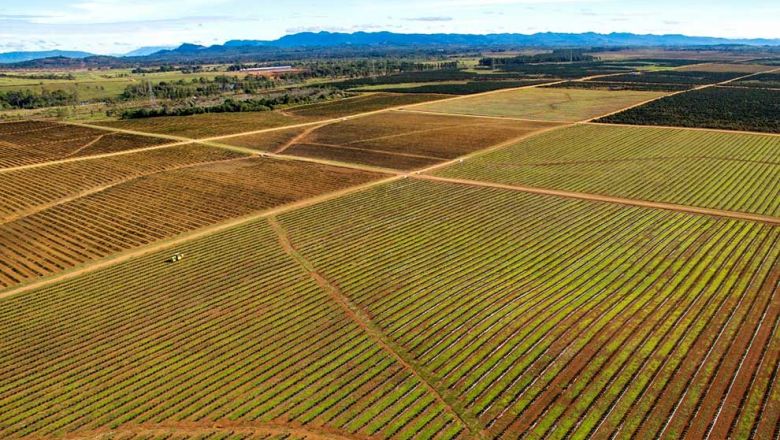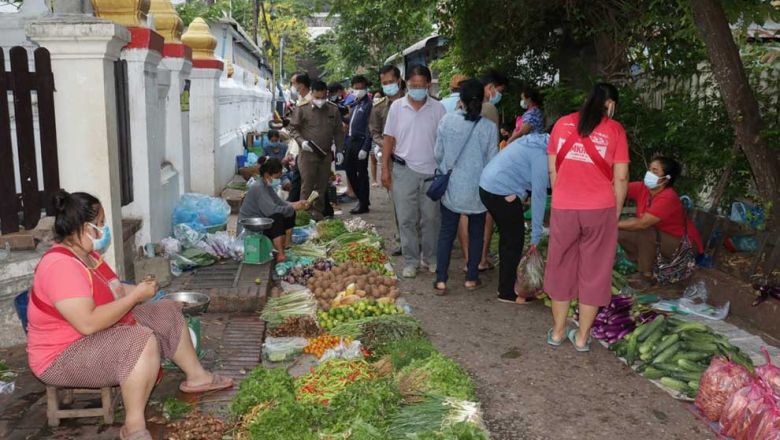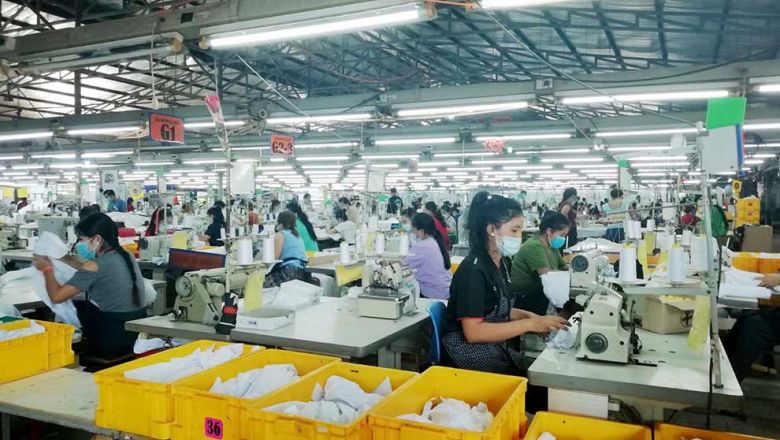Xekong eyes surge in export value thanks to hydropower
Xekong eyes surge in export value thanks to hydropower
Xekong provincial authorities expect the value of exports to increase by at least 150 percent this year following the generation of electricity by recently built dams in the province.
In fiscal year 2014-15, the value of exports was US$13.7 million but this fiscal year the province anticipates earning about US$34 million from exports, according to a report from the provincial Planning and Investment Department.
Most of the export products are electricity along with sweetcorn, coffee, wood, and livestock.
The province is focusing on hydropower development and will continue to build dams funded by the government. Provincial authorities have also signed agreements to enlarge electricity stations and expand networks and transmission lines to remote areas, as well as other investments.
Development of the electricity sector is the main priority of the province to increase its export value. The province plans to increase the generation of electricity by 18.7 percent each year.
Some dams in the province are already generating electricity while others are under construction, including the Xekong 4 dam (600MW), Xekong 5 (400MW), Houay Lamphan (6.5MW), Xekhaman 4 (155MW) and Dak-Emeun (130MW).
Xekong has the necessary natural resources to build dams but has limited funding for construction.
However, the province will seek more domestic and foreign investors to develop the sector in order to contribute to local economic development.
As well as electricity, Xekong is turning its attention to the processing industry and export of agricultural products.
This year, the province plans to increase GDP by 13 percent, with an increase in the contribution of agriculture by 7.5 percent, 15.5 percent from industry, and 16.8 percent from the service sector.
The growth of these various sectors is expected to boost average per capita income to about 12.4 million kip this year up from 10.4 million kip last year.
The province will also try to reduce the value of imports from US$27.6 million last year to US$24 million this year.
Most imports comprise vehicles, machinery, electronic goods, construction and medical equipment, food and clothing.
In order to increase GDP by 13 percent, the province will need about 736 billion kip in funding for the development of various sectors this year.
About 90 billion kip will come from the government, 74 million kip from grants and loans, 296 billion kip from the domestic and foreign private sectors, and 278 billion kip from bank loans.

















